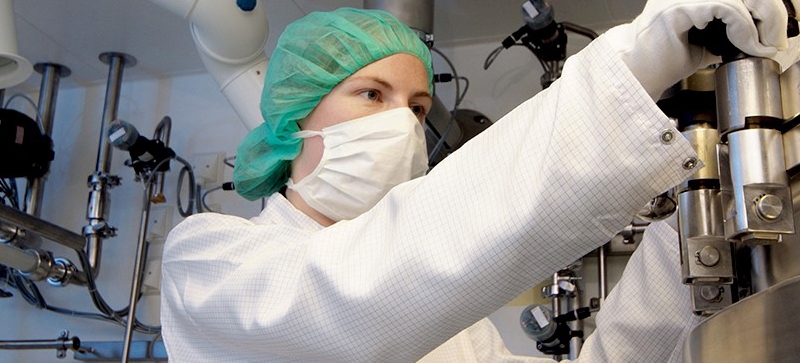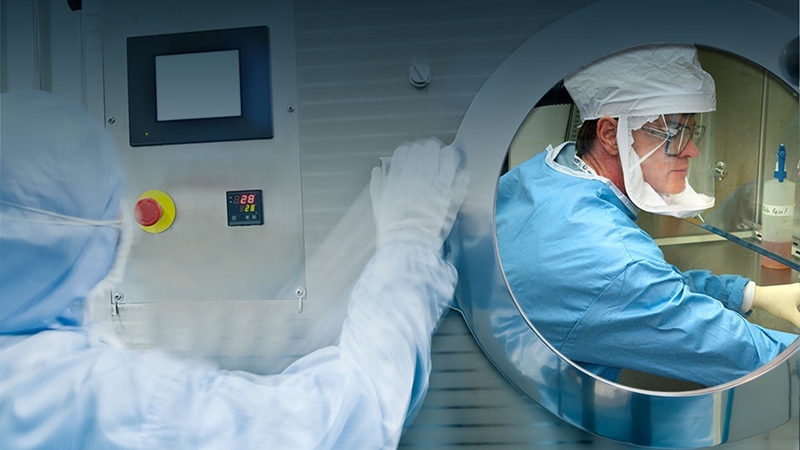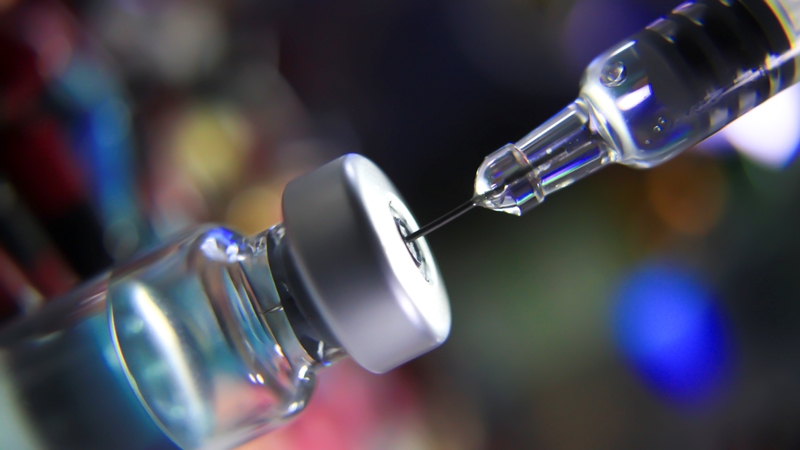If the Covid-19 pandemic has taught the world anything, it is that medical supplies are essential for global wellbeing. It has also laid bare the complexity of the entire pharma manufacturing process, the potential complications of shipping and storage, and the importance of GMP and authority approval.
Audits are a vital part of this process. But with travel and in-person meetups severely curbed in 2020, many pharma companies postponed their audits to a later date.
Now, with certain countries opening borders, what happens next? The backlog of audits is piling up, and travel is still difficult to certain regions. Should companies wait until audits can be done on-site once again, or should they consider doing things remotely for the foreseeable future?
The risk of delaying audits in the pharma industry
Postponing audits is a temporary solution to the Covid-19 restrictions, but there are inevitable risks to this approach. As we are all aware, if there is an issue with a process or product, it is critical to be aware of this and rectify it to avoid harming the patient.
In addition, the authorities will not continually accept this reasoning. Once they inevitably start up inspections again, it is likely they will focus on a company’s audit program and their justification for postponement.
When do the authorities plan to start inspections again?
The FDA has said that it plans to gradually resume on-site inspections starting in July 2021 with the intent to be back to normal operations by September.
Alongside this, a guidance report released in April 2021 by the FDA also discussed the possibility of “remote interactive evaluations” for non-mission-critical inspections hindered by travel restrictions.
As part of these remote interactive evaluations, the FDA states that it may:
- Request and review documents, records, and other information (electronic systems).
- Use live stream and/or pre-recorded video to examine facilities, operations, and data and other information.
- Through the facility’s point of contact, schedule interviews and meetings to address any questions or concerns.
- Evaluate a facility’s corrective actions (e.g., in response to a previous inspection or evaluation, or to the current remote interactive evaluation).
Read the full guidance report here
The EMA also created a Q&A document in April 2020 to answer important queries from stakeholders on regulatory expectations during the Covid-19 pandemic. Here they discuss the possibility for temporary flexibility and planned deviations from normal practice (temporary change controls) when documented within the quality system. These must be approved by Responsible Persons and assessed on a case by case basis in accordance with a quality risk management process.
For example, the document states that where on-site audits of contract acceptors are not possible:
- The Responsible Persons can also rely on paper-based audits and take into consideration the results of inspections or audits performed by third parties.
- Remote audits should provide confidence that the contracted party is fit-for-purpose and will not negatively affect the wholesale distribution process.
- The internal audit (self-inspections) schedule can be adapted, where necessary and under quality risk management, in order to free personnel for tasks deemed critical during the period of the pandemic crisis.
However, each situation should be assessed, documented and authorised on a risk-based approach.
Virtual audits and on-site audits for the pharma industry
Even if normal operations are some way off, there are evident plans to restart inspections. So how can companies tackle the backlog? Over the past year there has been a rapid transition to remote and virtual work. An example of this in the pharma industry is the development of remote and virtual audits.
Done correctly, these meet cGMP needs in routine commercial operations or clinical trial supply. They also provide acceptable cGMP compliance documentation for the continued use of existing suppliers, CMOs/CDMOs and for interim or conditional approval of new facilities.
Remote audits tend to start with a risk assessment to determine if the approach is feasible and justifiable, and then include:
- A planning meeting to determine scope
- A remote review of the pharmaceutical quality system (PQS) with an expert evaluation of the auditee's key policies and procedures in comparison to internationally recognized quality and cGMP expectations.
- A remote review with video conferencing sessions
- A written report of findings and recommendations
On-site audits are also a valid option where possible, with simpler steps but the same end goal. They begin with a planning meeting to determine scope, the audit material is prepared and documentation reviewed, and then the on-site audit is performed according to plan. Finally, there is a written report of findings and recommendations.
The future of audits: on-site or remote?
It is ultimately up to individual pharma companies to assess the risk of on-site audits, postponing audits, or using virtual audits. Either way, as we go forward into the future, it is likely we will see a hybrid approach across the sector – a combination of the physical and the digital – with the option of virtual audits here to stay.


